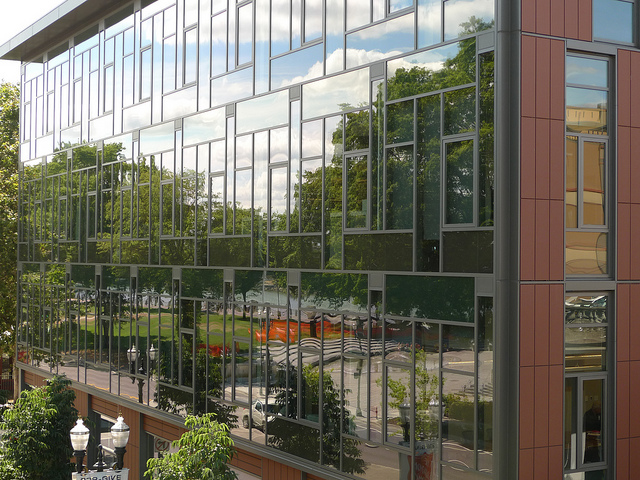Code Green Solutions


Mercy Corps' headquarters in Portland, OR
If sustainability is defined by the triple bottom line of environmental, economic and social benefits, the green building movement has a long way to go on the road to creating sustainable projects. Programs like LEED have transformed the market on environmental metrics. But the impacts that projects have on people and communities have not been adequately addressed, while the number of people living without equal access to basic necessities such as affordable homes, education, health care, nutritious food, good jobs and thriving communities continues to grow. To the extent that people face disadvantages that are defined and exacerbated by the very buildings where they live, work and learn, the built environment is an arena where issues of equity can be tackled.
A new Insight Technical Report, co-authored by myself and LEED Steering Committee Chair, Joel Ann Todd, explores the relationship between the built environment and social equity, and finds that while there are good examples of green buildings that address social equity issues, this is not widespread. Many projects teams don’t view social equity as an issue they can or should address. This view is bolstered by a lack of clear metrics, well documented case studies and recognition in LEED and other green building certification systems around the world. The study introduces an overall framework on how to define social equity for the built environment as a place to begin deeper investigation, reviews a wide variety of existing case studies, and summarizes key lessons learned.